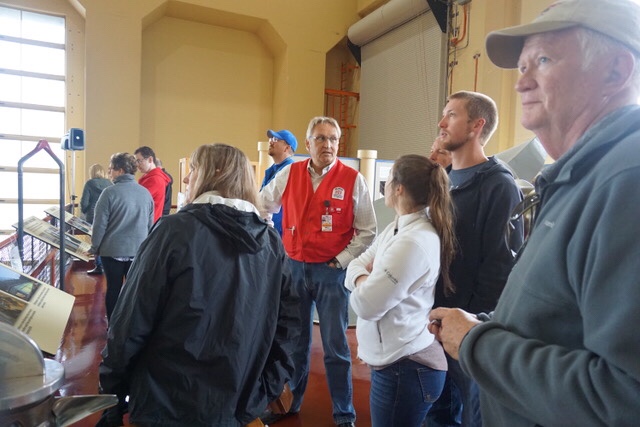
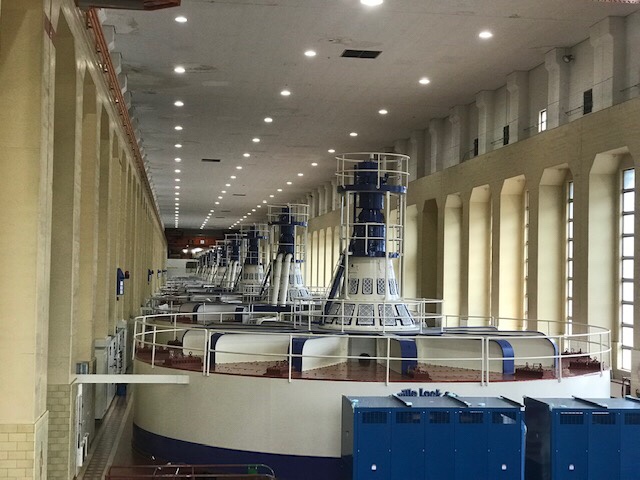
At 1:15PM today we finally got to put our names on the list for the Bonneville Powerhouse Tour. Our guide took us through the geology of the Columbia Basin, the largest watershed system on the Pacific side of the Americas and then told the story of the landslide from the side of Tabletop Mountain sometime at least five hundred years ago that created an earthen dam and land bridge that the Native Americans called The Bridge of the Gods. The boulders in the river that are remnants of that event, called The Columbia Cascades by early European explorers, made navigation impossible in this section of the river. These cascades lent their name to the mountain range that runs through Washington and Oregon. And they are the reason for the location of Bonneville Dam. By flooding the Cascades of the Columbia under sixty feet of water, then building a navigational lock, the dam makes shipping on the Columbia possible. Knowing that the dam would affect salmon migration, the fish ladders were the first part of the project to be built. The dam also harnesses hydropower that is used to generate electricity. In 1933 when dam construction began there was little demand for electricity but during World War II the dam provided power for aluminum production, ship building, and aircraft manufacturing. In the postwar years demand grew and a second powerhouse was built. As we toured the original powerhouse today all was quiet. This time of year water flow is diminished so only the newer powerhouse is generating. It was still fascinating to see the great machinery currently in use as well as some of the vintage pieces on display. Steve even got to answer a question that had been puzzling our tour guide!
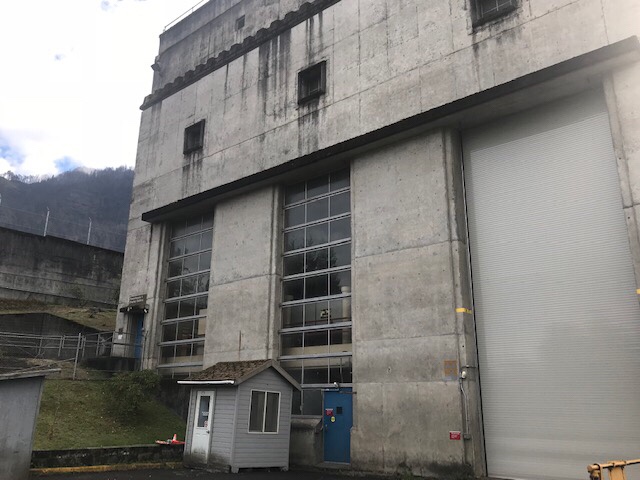
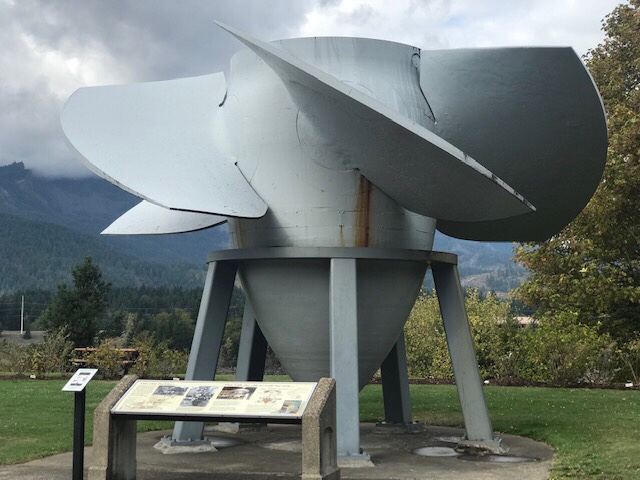
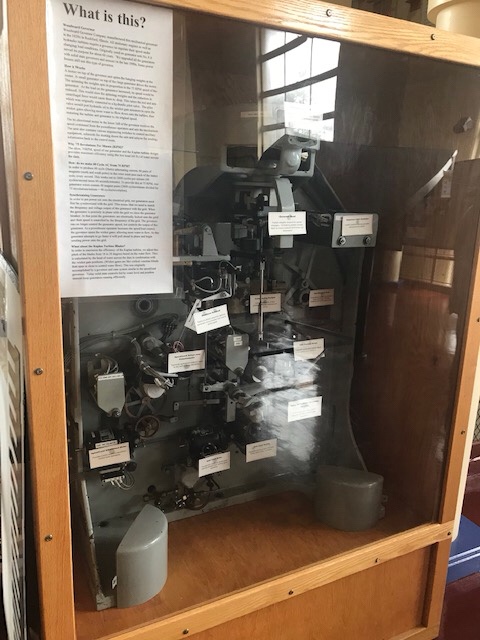
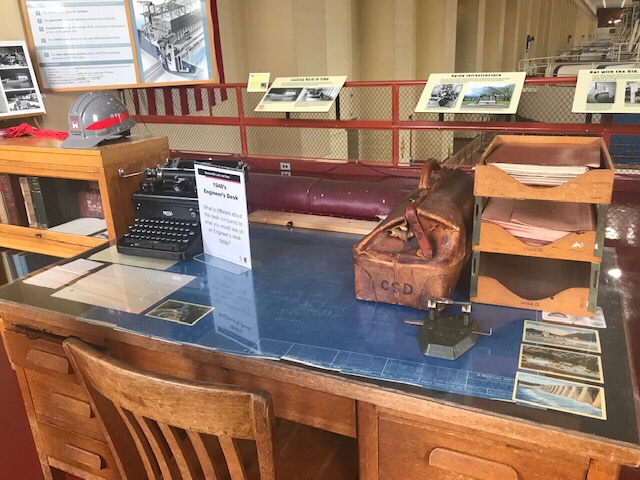





0 Comments